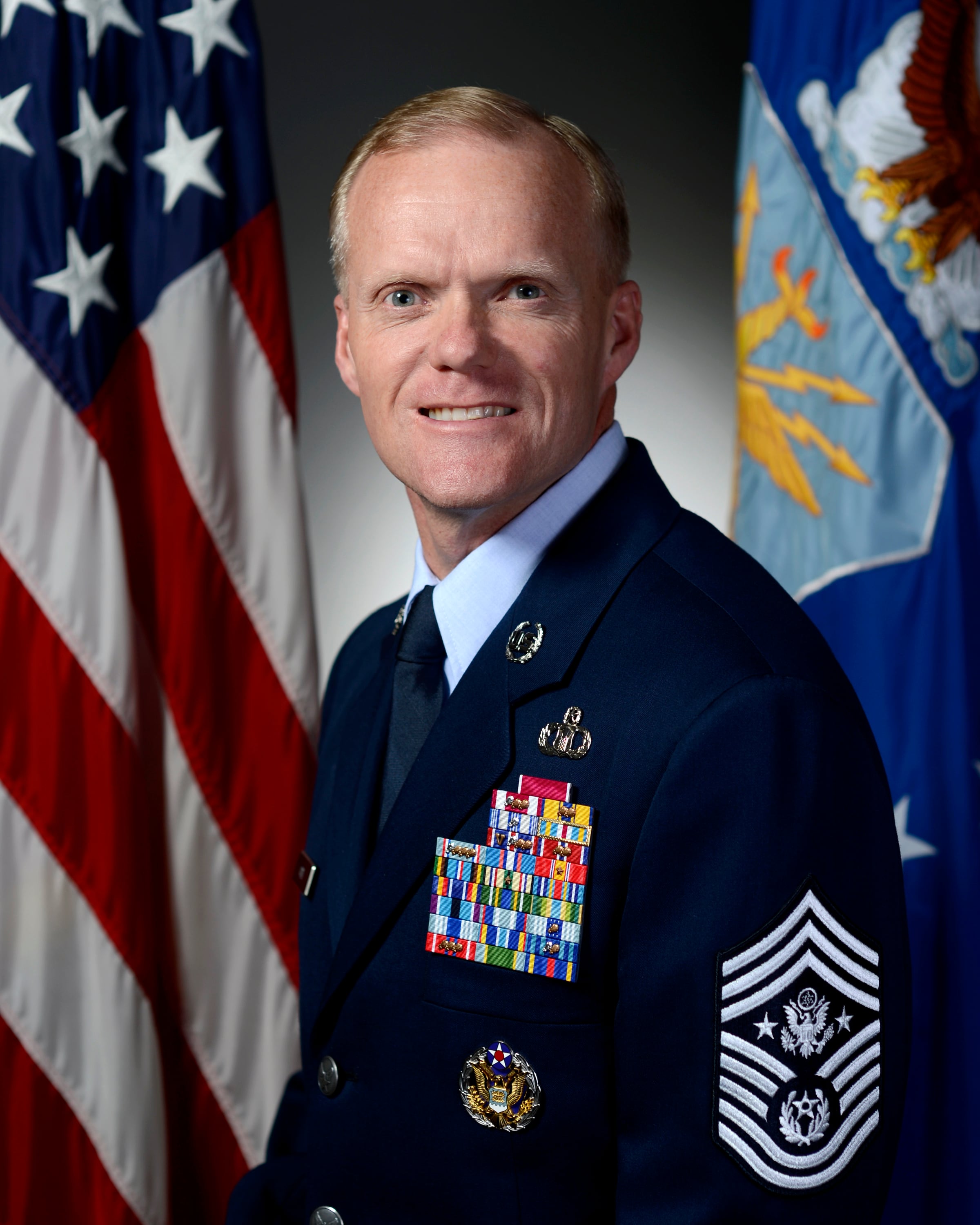The percentage of active-duty members and spouses who report being "comfortable" with their financial situation has increased significantly over the years, according to an analysis of survey data by the Defense Manpower Data Center.
In both of those populations surveyed by DMDC, nearly three-fourths reported feeling "comfortable" with their financial health, said DMDC's Kimberly Williams in a briefing to the Department of Defense Military Family Readiness Council on June 16. Percentages also were lower of active-duty members and spouses who had experienced specific financial problems in the previous 12 months.
The data drawn from the DMDC surveys is scientifically predictable to the entire force, according to Williams.
"The bottom line for these results is that the financial condition has improved overall for active-duty members and active-duty spouses over the years and remains steady for reserve component members and reserve component spouses. There are fewer active-duty members and fewer active-duty spouses experiencing financial problems over the years," Williams said.
But Chief Master Sergeant of the Air Force James Cody, a member of the council, urged caution in making these assertions. While acknowledging the positive trend, he noted that it’s a matter of definition of the word "comfortable." The data is based on survey answers that are self-reported by service members and spouses. "We’re not actually saying how much money they have in the bank, how much savings," Cody said. Thus, a service member or spouse may report a comfort level with their finances, but an analysis of their finances might not yield the same conclusion, he said.
In a later interview, Cody said, "I’m glad people are becoming more comfortable with their finances today. But that doesn’t mean they are where they need to be."
During the council meeting, he noted that these high percentages of those who report a sense of financial security are not consistent with the rest of society.
"The challenge in making assertions like this [without quantifying with specifics] is that we’re having discussions at the national level about compensation," Cody said.

Chief Master Sergeant of the Air Force James A. Cody
Photo Credit: U.S. Air Force
"I wouldn’t say this means that we can say we’re home free and everything is great," but it’s a positive trend line in a number of factors, said Peter Levine, DoD acting under secretary of defense for personnel and readiness.
The analysis was based on data from the latest surveys, the 2013 and 2014 Status of Forces Survey of Active Duty Members, and the 2015 Survey of Active Duty Spouses.
Officials also analyzed data from the 2014 Status of Forces Survey of Reserve Component Members, and the 2014 Survey of Reserve Component Spouses.
In the active-duty population, 71 percent reported feeling comfortable in 2014, which represents an increase of 19 percentage points from the 52 percent in 1999, when officials first began asking the question, said DMDC’s Kimberly Williams. And since researchers began asking the question of spouses in 2006, it’s increased by 9 percentage points, to 72 percent, in 2015.
There was less of a comfort level with finances in the reserve component: 57 percent of reserve members reported a comfortable financial condition, and 61 percent of reserve spouses, numbers that have been fairly steady compared to previous years.
There were also lower percentages — 17 percent — of active-duty members who reported experiencing specific financial problems in the previous 12 months, such as falling behind in paying rent or mortgage, or failing to make the minimum payment on a credit card. That was down from 19 percent in 2013.
About 17 percent of active-duty spouses also reported having those specific financial problems in 2015, down from 22 percent in 2012, when the last survey was conducted.
Among the other findings:
- Among the services, the Air Force had the highest percentage of those feeling comfortable with their finances; the Army had the highest percentage of those feeling "not comfortable."
- 65 percent of those in E-1 to E-4 ranks feel "comfortable" with their finances: 68 percent of those in E-5 to E-9; and 90 percent of those in O-1 to O-3 and O-4 to O-6.
- 86 percent of active-duty members and 83 percent of active-duty spouses said they have a savings habit, with nearly 50 percent of both groups saying they save regularly each month.
- 52 percent of active-duty members said they contribute to the Thrift Savings Plan, an increase of 4 to 8 percentage points in 2013 compared to survey results from 2008 through 2010.
- More active-duty members reported having specific financial goals; the most significant increase was in the goal of being free of credit card debt — up 15 percentage points from 2012 to 2013, to 73 percent.
In conducting these separate surveys, DMDC uses scientific procedures to randomly select a sample of service members and spouses using combinations of demographic characteristics so that they are representative of the overall population, Williams said.
The survey was sent to 70,000 active-duty members in 2013, and the response rate was 25 percent. In 2014 DMDC surveyed 65,000 active-duty members, and the response rate was about 21 percent. Of the 45,000 active-duty spouses surveyed in 2015, the response rate was about 24 percent.
Karen Jowers covers military families, quality of life and consumer issues for Military Times. She can be reached at kjowers@militarytimes.com.
Karen has covered military families, quality of life and consumer issues for Military Times for more than 30 years, and is co-author of a chapter on media coverage of military families in the book "A Battle Plan for Supporting Military Families." She previously worked for newspapers in Guam, Norfolk, Jacksonville, Fla., and Athens, Ga.



